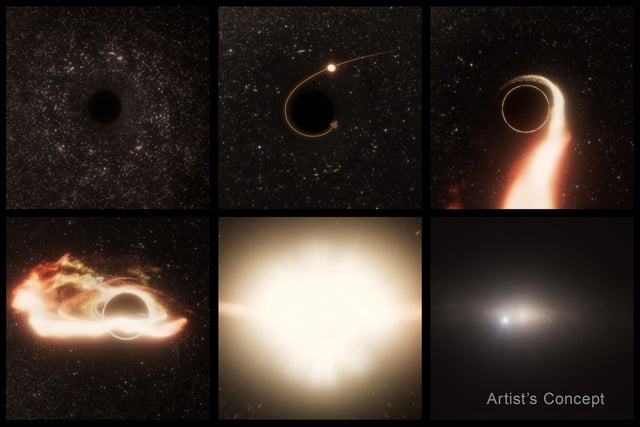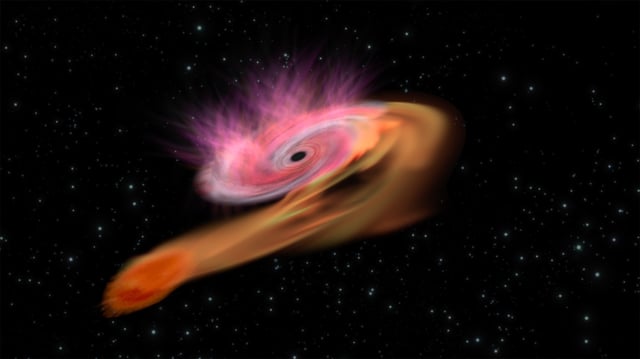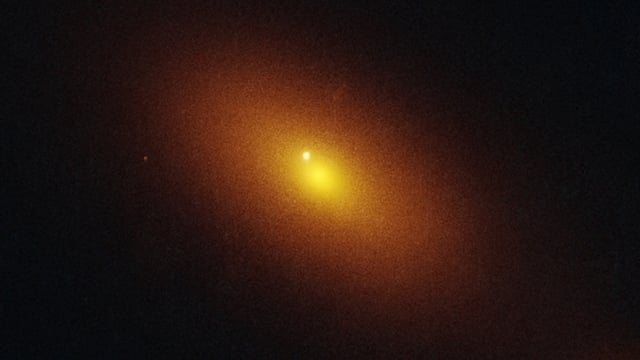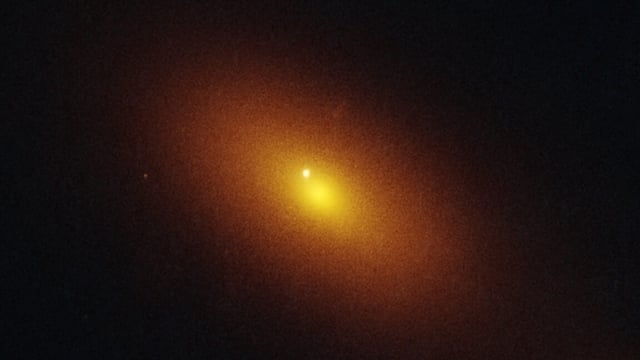Overview
- The black hole, weighing one million times the mass of the Sun, was detected 600 million light-years away through the tidal disruption event AT2024tvd.
- This discovery is the first offset tidal disruption event (TDE) identified among roughly 100 such events, previously all tied to central black holes in galaxies.
- NASA's Hubble Space Telescope, along with Chandra X-ray Observatory and the Very Large Array, confirmed the black hole's offset position and multi-wavelength signatures.
- The black hole’s off-center location suggests it may be a remnant of a galaxy merger or the result of gravitational interactions ejecting it from the galactic core.
- The findings, in press at the Astrophysical Journal Letters, highlight TDEs as powerful tools for uncovering hidden black holes and studying galaxy evolution.



